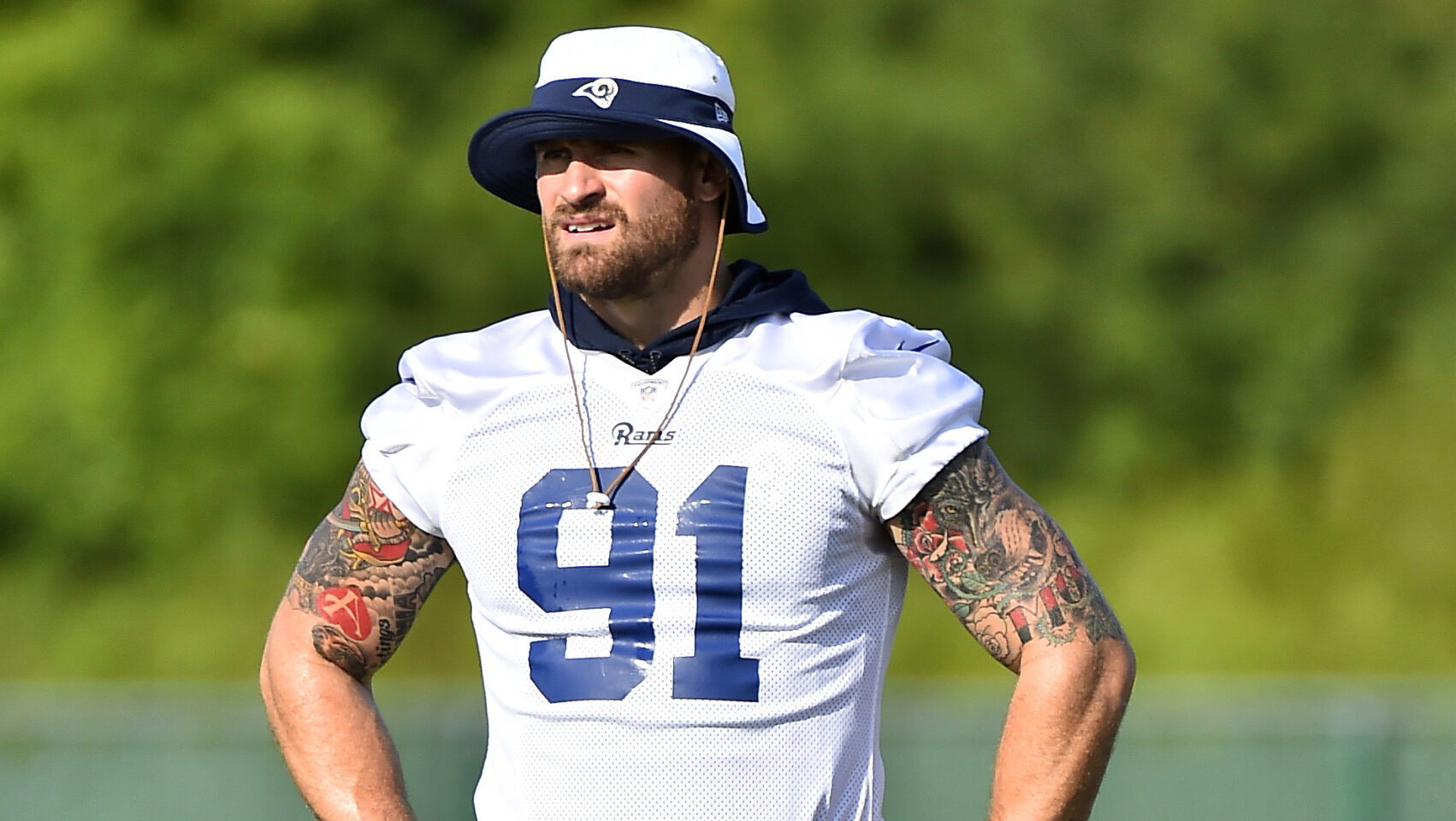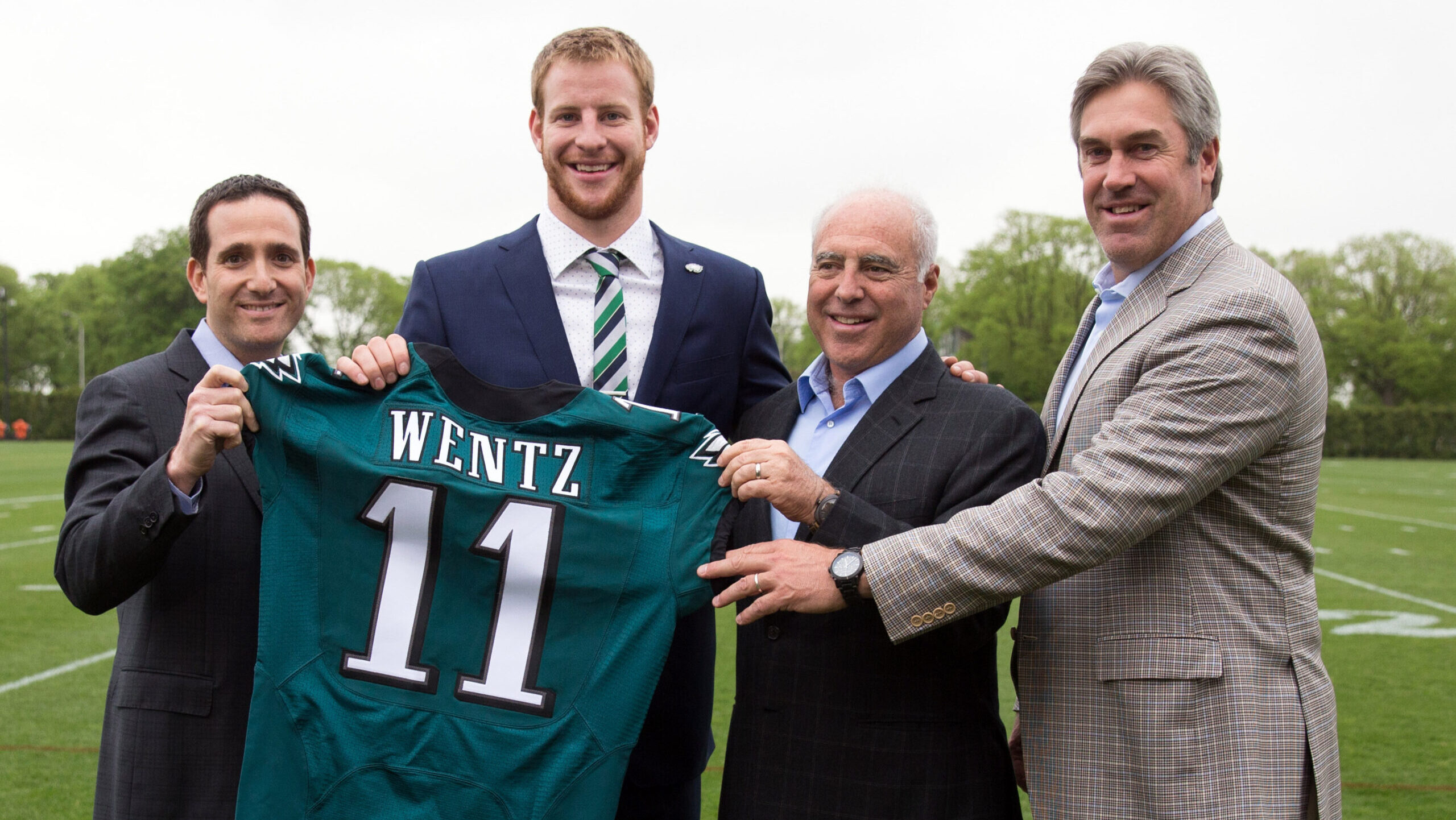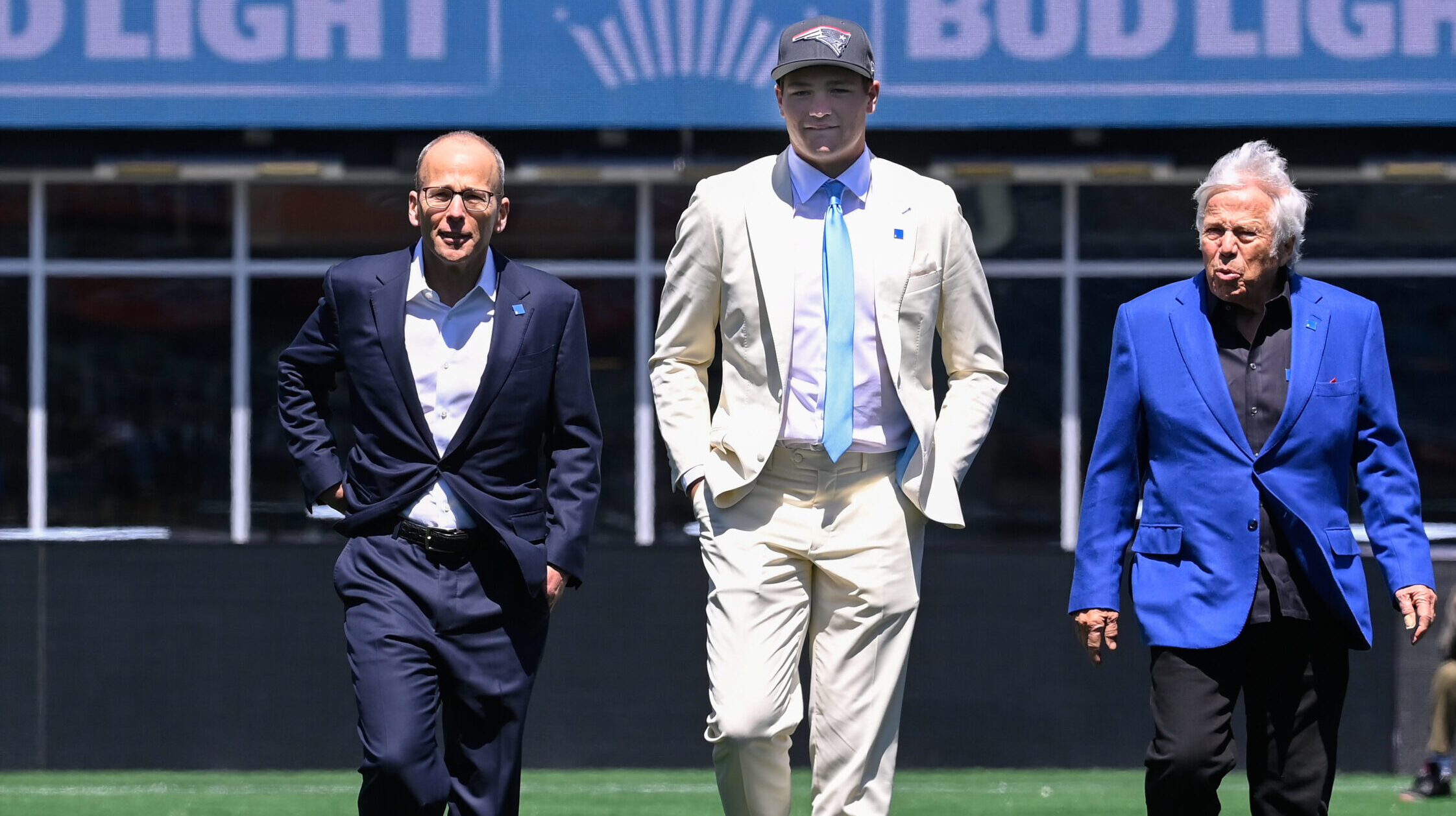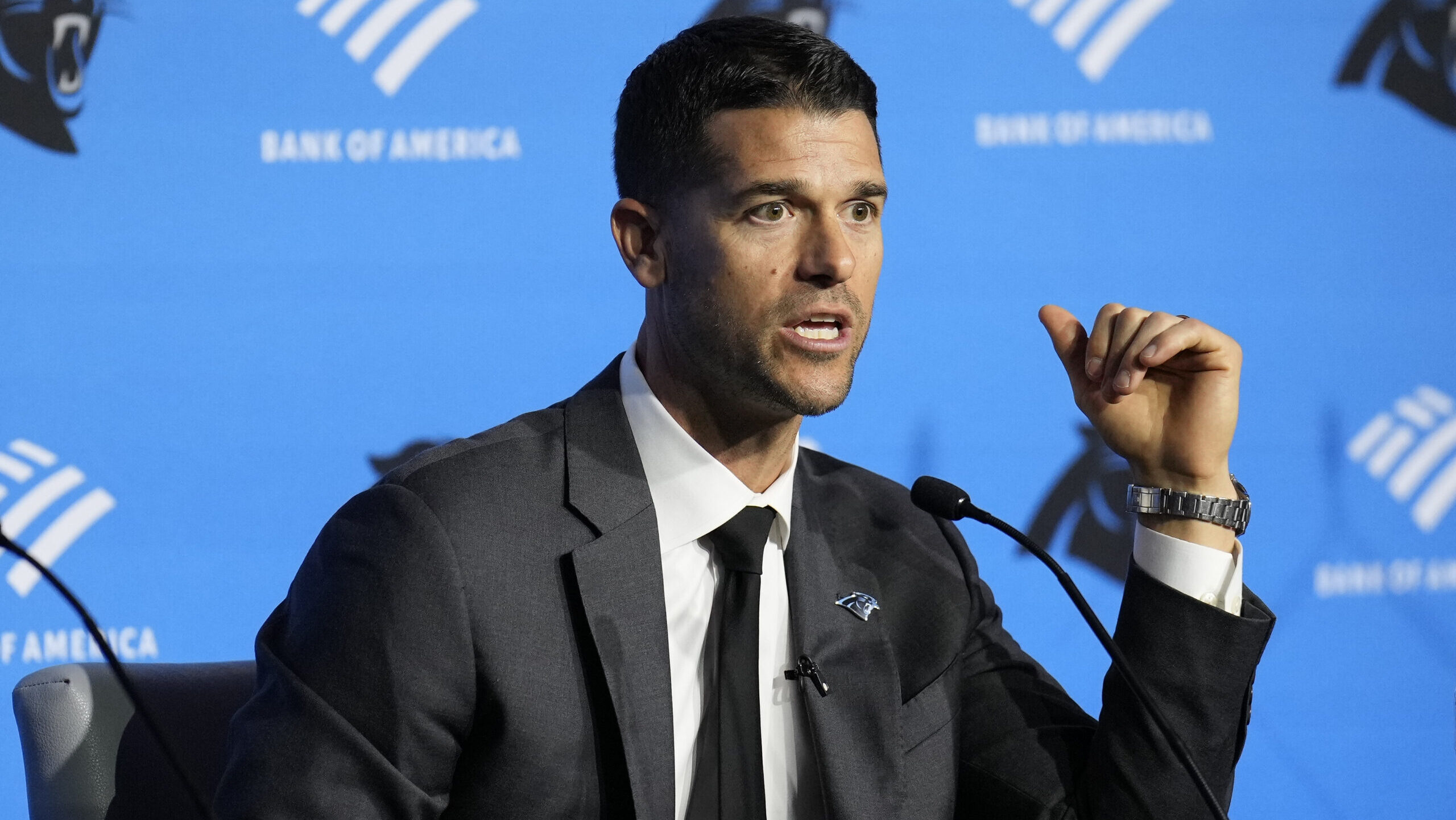Analysis
10/27/23
7 min read
Buffalo Bills Finally Finding Identity After TNF Win Over Buccaneers

We are right on schedule for this year's "Is the Buffalo Bills' offense fixed?" moment.
It feels like we do this song and dance every year with the Bills offense. For the first couple of months of the season, Buffalo's offense oscillates between blowing the doors off some teams and falling short against other teams — when all the Bills have to sustain the offense is Josh Allen being a superhuman. Then, at some point, the unit makes a schematic shift that gives it a little more stability, and we wonder if the team can keep it going until the postseason.
Thursday night's 24-18 win over the Tampa Bay Buccaneers might be that moment this year. Even if the final score doesn't show it, the Bills' offense was as put together as it's been all season.
Let's start by giving OC Ken Dorsey his flowers for this game plan. That's not normally a sentiment reserved for a 24-point showing, but Dorsey attacked Todd Bowles' defense the right way and gave his quarterback the best chance to win.
Bowles' Buccaneers are now up to seventh in blitz rate, per TruMedia. They send at least five rushers on 33.1 percent of opponent drop-backs. That's not as psychotic as what DC Brian Flores is doing in Minnesota, but that's still a consistent barrage of extra bodies coming for quarterbacks. Bowles wants to throw a party in the backfield.
One way to beat that? Spread the field and get the ball out. Sprinkle in some empty formations. Beat the blitz with the throw, and let your skill players make something happen.
Just last week, we saw the Atlanta Falcons lean into this with Desmond Ridder. If a Falcons offense that wants to be in tighter formations and run the football was smart enough to make that adjustment, then there's clearly something to it. Dorsey, thankfully, took the same approach and cranked the notch up to 10.
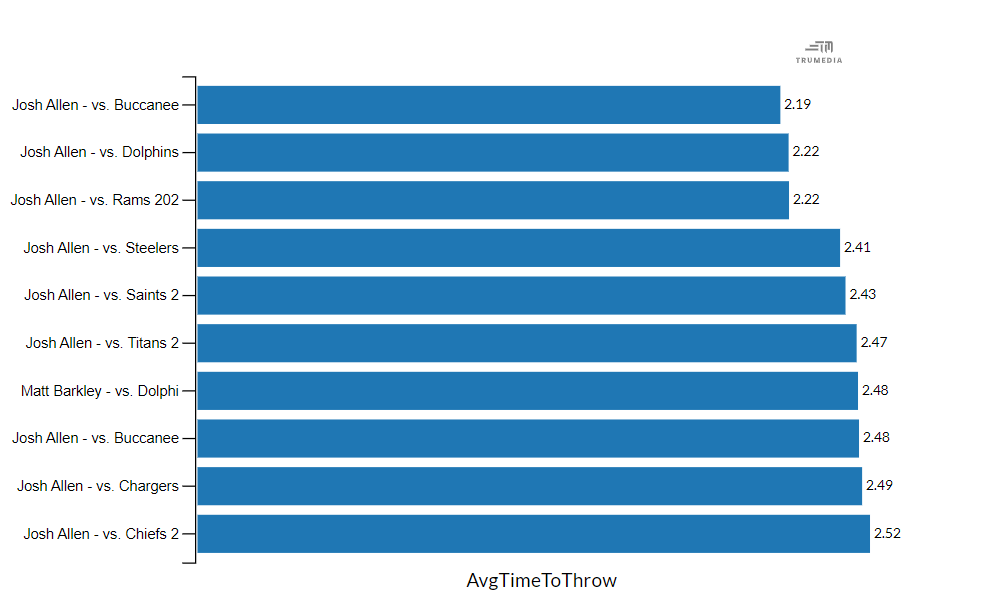
At 2.19 seconds, Allen's time-to-throw in this game was the lowest of any game dating back to his breakout season in 2020. That's even quicker than Tua Tagovailoa's league-low 2.27-seconds time-to-throw on the season. Similarly, Allen's 5.02 depth of target was the third-lowest mark over that span for Allen, only beaten by a 2020 game against the Los Angeles Chargers and this year's meeting against the Las Vegas Raiders.
Making Allen throw quickly sounds like a good way to neutralize him, but it's not. Not against this specific defense, at least. We sometimes forget Allen has improved tremendously as a pre-snap operator and quick-game surgeon over the years. This is something he has in his bag now, even if it's not the version of him we want to see when we're tuned in on prime time. Allen can be the spread-and-shred guy when that's what the game plan calls for.
Thursday night was definitive proof of that.
It's also not like the Bills' game plan took away any opportunities for Allen to be Allen. Both Allen and Dorsey just picked their spots more carefully.
.@_DaltonKincaid's first career NFL touchdown‼️
📺: @NFLonPrime pic.twitter.com/uWLkh7fN8J
— Buffalo Bills (@BuffaloBills) October 27, 2023
For example, Allen still got to go into Superman mode on the Dalton Kincaid touchdown. One of Tampa Bay's blitzes finally came through while Dalton was covered on his initial route, but Allen bailed out to his right to find Kincaid still streaking across the field. Allen also took matters into his own hands a few times as a runner, another small part of why his time-to-throw was so slow.
The game plan wasn't just a Buccaneers beater, though. It was a game plan born out of necessity with starting TE Dawson Knox out of the lineup. Kincaid was the team's only active tight end, a very different tight end from Knox.
All year long, the Bills have been trying to make this "11.5 personnel" thing work with Knox and Kincaid on the field at the same time. Knox is a bigger body who can add some physicality and be a presence in the run game, while Kincaid is a 240-pound wide receiver who we've all been tricked into calling a tight end. Buffalo's offense had its moments this season because its quarterback is a freak show, but the idealized version of the offense never felt like it was working.
With Kincaid as the only active tight end, Dorsey said, "Screw it." He fully leaned into everything Kincaid is. Kincaid moves like water through the open field and has out-of-this-world ball skills. He also can't block anybody.
Dalton Kincaid uncovers & loses David once he sees Josh Allen scramble, and then makes a real pretty catch on the sideline#Bills #BillsMafia #GoBills
— Anthony Cover 1 (@Pro__Ant) October 27, 2023
Dorsey embraced that and let Kincaid align like a receiver all game. The Bills lived in four-wide and empty formations on passing downs, at times playing Kincaid both in the slot and outside. They didn't pigeonhole him into being the Knox-like tight end he will never be. They let the 240-pound "receiver" they drafted go and be a dang receiver. Kincaid paid off that trust with a solid 6-65-1 line (six catches for 65 yards and a touchdown) in the box score.
In a roundabout way, Kincaid's presence also opened up opportunities for others. The pseudo tight end–less offense made the Bills play in a lot of four-wide sets with Kincaid and three other receivers. To this point in the season, Buffalo didn't really have a third receiver it featured, but Khalil Shakir got to answer the call Thursday. And boy, did he ever.
Shakir didn't do anything sexy. He never found pay dirt, and his longest play of the night came from a busted coverage on Tampa Bay's part. What Shakir did do, though, was give the Buffalo offense a little spark in the short area that the group has been missing since, oh, the Cole Beasley days, probably. Shakir was a regular outlet for Allen in the underneath area, both as a zone-beater and as a YAC guy. Shakir's 33 routes were the most he's ever run in a game in two seasons with the Bills.
Khalil Shakir already has two catches and a truck stick on the opening drive 🚛#TBvsBUF on Prime Video
Also available on #NFLPlus https://t.co/E5pvHuys2o pic.twitter.com/nGVCfVPXSt— NFL (@NFL) October 27, 2023
With defenses constantly shifting their attention toward Stefon Diggs and the Bills only really getting deep routes out of Gabe Davis, a tough and reliable safety outlet such as Shakir could do wonders for this offense if he keeps getting snaps.
We may not see this exact blueprint from the Bills’ offense moving forward. This is the NFL — there will be all kinds of different defenses Buffalo needs to beat. The full-blown spread approach with Kincaid and Shakir isn't a cure-all answer.
What's important is that the Bills proved they can pivot.
Dorsey showed he could come up with a perfect game plan to beat a specific defense, and Allen gave us more evidence that he can execute any kind of offense. The emergence of Kincaid — and Shakir, to a lesser extent — can give this offense a degree of flexibility it hadn't quite unlocked up to this point in the season.
This is what early-season football is all about. Teams grow into their identity. They find out what does and doesn't work along the way to the postseason and hope it all comes together at the right time.
There's still a long season ahead for a Buffalo offense that we know can be up and down, but this could be the Bills' first step toward stability.
Derrik Klassen is an NFL and NFL Draft film analyst with a particular interest in quarterbacks. Klassen’s work is also featured on Bleacher Report and Reception Perception. You can follow him on Twitter (X) at @QBKlass.


